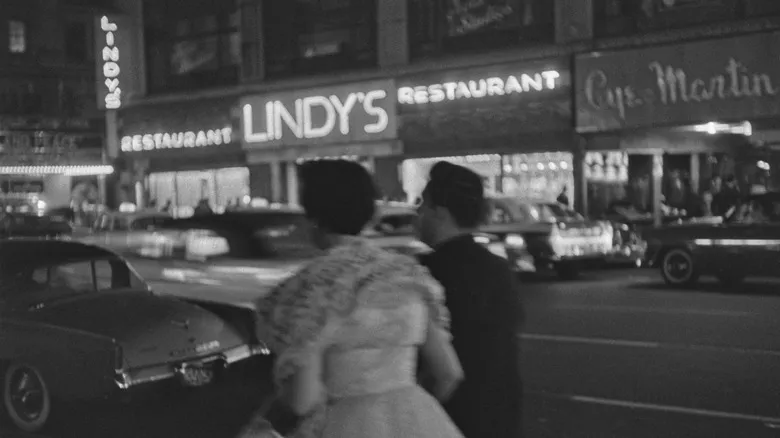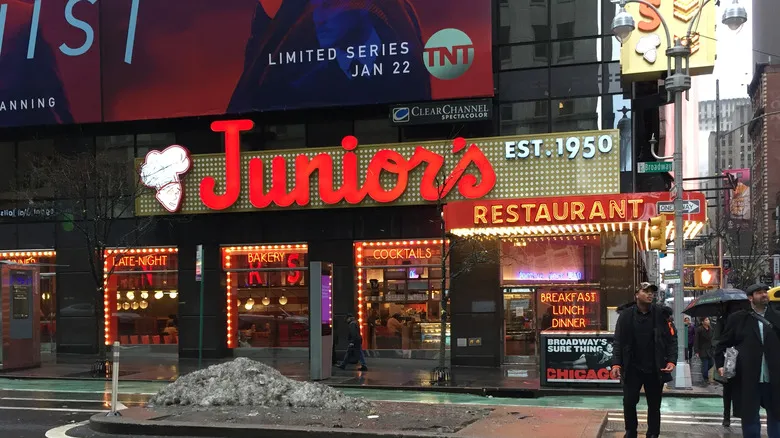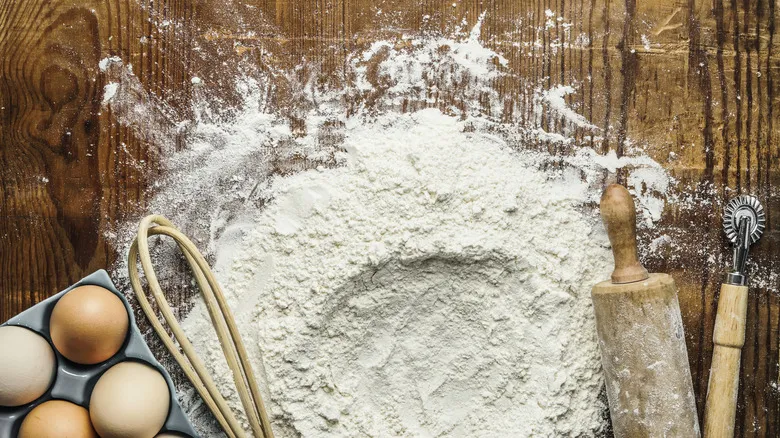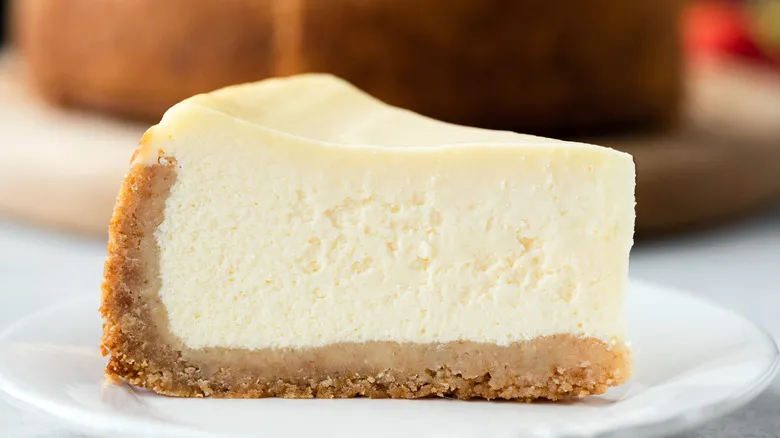New York cheesecake's Jewish roots

Many contend that New York cheesecake is a uniquely Jewish creation, having been developed and popularized by Jewish restaurateurs in the 1930s and 1940s. Jewish culinary traditions have long included cheesecake—whether made with ricotta, cottage cheese, sour cream, or farmer's cheese—often served during Shavuot, a holiday that commemorates the giving of the Torah and the Ten Commandments during the Jewish exodus from Egypt. However, in 1928, Arnold Reuben, the inventor of the famous sandwich and owner of Reuben's restaurant, replaced the traditional cheeses with cream cheese, favoring the creamier texture of the resulting cake.
Leo Lindermann, also a German-Jewish immigrant like Reuben, played a significant role in popularizing cheesecake at his Times Square restaurant, Lindy's. His version featured a cookie-like crust and was infused with citrus flavors. Another well-known cheesecake purveyor was Junior's in Brooklyn, which served their cheesecake atop a thin layer of sponge cake and flavored it with vanilla.
Little agreement on the recipe

Aside from the inclusion of cream cheese, it can be challenging to pinpoint what sets New York cheesecake apart from other varieties. Some claim that New York cheesecake is characterized by its dense, rich, and heavy texture, which they attribute to the use of sour cream and heavy cream. Others argue that its density comes from a higher quantity of cream cheese, along with additional eggs and egg yolks compared to other cheesecakes. For instance, recipes from Lindy's or Junior's cheesecake do not include sour cream, nor do they feature a graham cracker crust or a thick fruit topping, despite some claims that these elements define a New York cheesecake.
These debates are not only common among New Yorkers but also resonate with cheesecake enthusiasts and critics alike. Some even question whether it can truly be classified as cake. Purists may also take issue with those who have ventured into the unconventional territory of blue cheese flavors. With all these discussions, it’s no surprise that New York is known as the city that never sleeps.
Recommended

The Store-Bought Secret To Quick Homemade 'Baguettes'

Why You Might Want To Use Less Flour In Your Banana Bread

The Vanilla Extract Swap That Adds A Touch Of Spice To Your Cakes

The Traditional Chinese Technique That Yields The Fluffiest Bread
Next up

